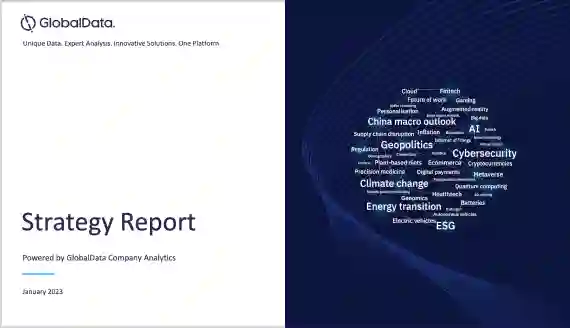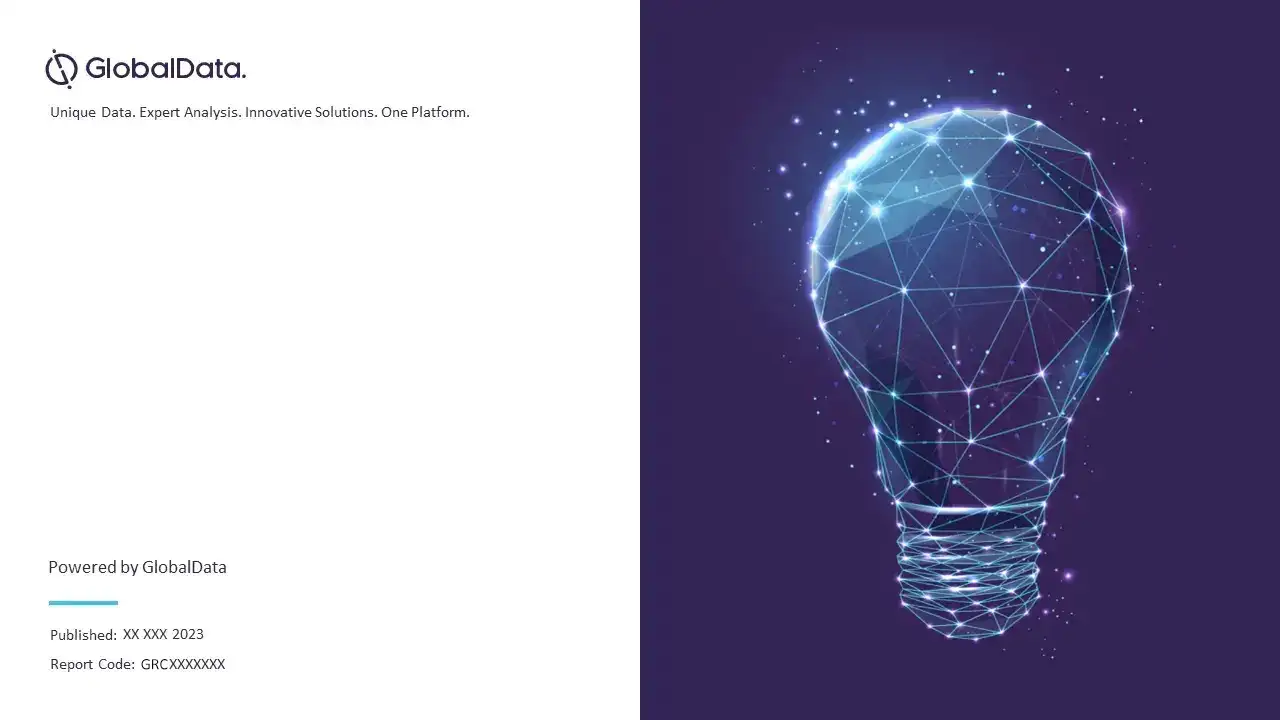Wearable Technology in Healthcare – Thematic Research
Powered by ![]()
All the vital news, analysis, and commentary curated by our industry experts.
Wearables have the potential to transform healthcare through the ability to remotely measure and analyse patient data in real-time. In addition to health and wellness, they have their greatest potential in healthcare to address spiralling healthcare costs, aging populations, and the burden of chronic disease across the globe.
The integration of wearable tech with augmented reality (AR), Big Data, artificial intelligence (AI), and cloud computing solutions, as well as the falling prices of sensors, open-source application programming interfaces (APIs), frameworks, and libraries, is enabling faster and more cost-effective solutions within the Internet of Things (IoT) ecosystem.
This report provides an assessment of the key technological, regulatory, and macroeconomic themes impacting how wearable technologies are being used in healthcare today, and how wearables are expected to affect the healthcare sector within the next five to ten years.
Scope
GlobalData’s Wearable Technology in Healthcare report combines primary research from a cross-specialty panel of experts with in-house analyst expertise to provide an assessment of the wearables development landscape
Components of the report include:
• Key Players —the big players in the wearables industry and where they sit in the value chain.
• Trends in the Wearables Industry — key trends driving the wearables industry classified into four key categories: wearables use case trends, wearables technology themes, wearables macroeconomic themes and wearables regulatory themes
• Industry Analysis and Impact of Wearables in Healthcare — key wearables applications in the healthcare industry including case studies demonstrating how healthcare companies are using wearables for improved outcomes.
• Value Chain – the wearables applications in the healthcare industry, highlighting the market drivers and barriers
Reasons to Buy
Develop and design your corporate strategies through an in-house expert analysis of the key wearable technologies impacting the healthcare industry.
Develop business strategies by understanding the key wearable technologies being used in the healthcare industry.
Stay up to date on the industry’s big players in the wearable tech industry and where they sit in the value chain.
Identify emerging industry trends in wearable technologies to gain a competitive advantage.
Explore how wearable technologies currently fit into the wider digital health, big data, and patient engagement landscape, as well as their future in healthcare.
Table of Contents
Frequently asked questions
Get in touch to find out about multi-purchase discounts
reportstore@globaldata.com
Tel +44 20 7947 2745
Every customer’s requirement is unique. With over 220,000 construction projects tracked, we can create a tailored dataset for you based on the types of projects you are looking for. Please get in touch with your specific requirements and we can send you a quote.
Related reports
View more Pharmaceuticals reports










